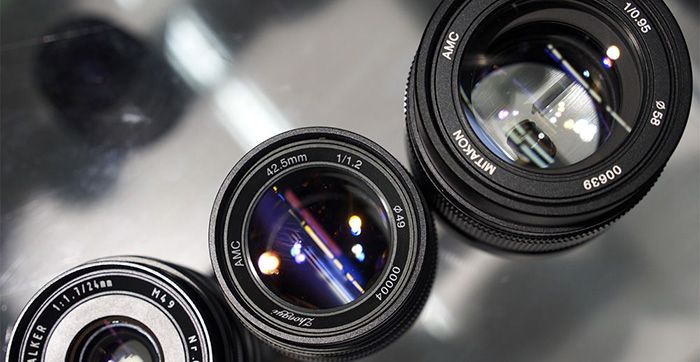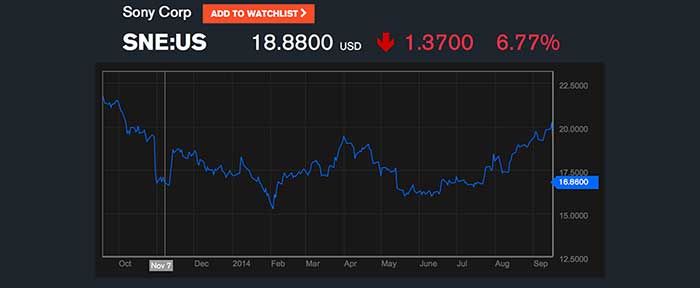
At Photokina Zeiss announced two new FE Loxia lenses, Sony two new FE zooms and we also had four FE prototype lens announcements. Now we ask SAR readers to vote the FE lens they are likely going to buy:

Loading ...
–
New Sony and Zeiss stuff preorders:
Zeiss 16-35mm FE at Amazon, Adorama, BHphoto, Sony Store US.
Zeiss 16-35mm FE in Europe at Sony DE, UK, ES, IT, FR, CH, AT, NL, BE, FI, SE, NO, PT.
28-135mm powerzoom in Europe at Sony DE, UK, ES, IT, FR, CH, AT, NL, BE, FI, SE, NO, PT.
Sony FS7 4K camcorder at Adorama.
HVL-F32M Flash at Adorama, BHphoto.
HVL-F32M Flash in Europe at Sony DE, IT,
Sony RMT-VP1K Wireless Remote Commander & Receiver Kit at Adorama, BHphoto.
Sony XLR-K2M XLR Adaptor Kit (with microphone) at Adorama, BHphoto.
Sony LCS-PSC7 System Bag (Black) at BHphoto.
Zeiss Loxia 50mm f/2 Planar T* Lens for Sony E Mount at BHphoto, Adorama., WexUK, CameraPro.
Zeiss Loxia 35mm f/2 Biogon T* Lens for Sony E Mount at BHphoto, Adorama, WexUK, CameraPro.
Zeiss Lens Hood for Loxia 50mm f/2 Planar T* Lens at BHphoto and Adorama.
Zeiss Lens Hood for Loxia 35mm f/2 Biogon T* Lens at BHphoto and Adorama.
Zeiss 52mm Front Lens Cap for Touit and Loxia Lenses at BHphoto and Adorama.
Zeiss De-Click Key for Loxia Lenses (5-Piece Set) at BHphoto and Adorama.
Zeiss Rear Lens Cap for Loxia E-Mount Lenses at BHphoto and Adorama.










